COUNTING MACROS FOR NEWBIES:
HOW TO TRACK THEM
You already took the first step to start counting macros and enjoy the many benefits of flexible dieting…
You’ve got them calculated and now you know what you should eat to achieve your fitness goals.
So… now what?
If you’re a complete macros newbie, you probably have no idea what to do with those numbers. Am I right?
First of all… don’t panic!
In today’s post, I’m going to guide you through every step of the process and give you all the information you need to start counting your macros the right way.
You have your numbers already, right? If not, I’m here to help you!
Alright, let’s get started…

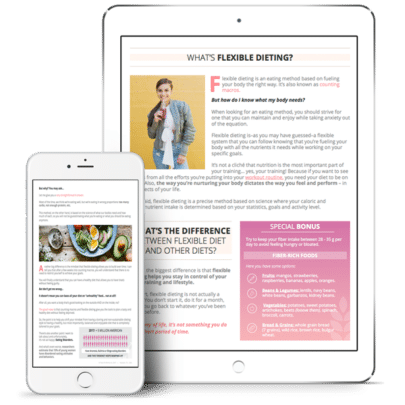
BONUS: Macros Tracking Cheat Sheet
Download this quick guide that will show you all the tips and tricks on how to start tracking your macros.
WHAT WE’RE GOING
TO COVER…
START
TRACKING?
Once you have your macros breakdown based on your currents statistics, lifestyle multiplier, goals, and general information, you need to download a food tracker application to track your meals. My two favorite apps are MyFitnessPal and MyMacros+.
Which one is better?
It’s a matter of personal preference
Next step is entering all your information as indicated in the app (this includes your macronutrients goals).
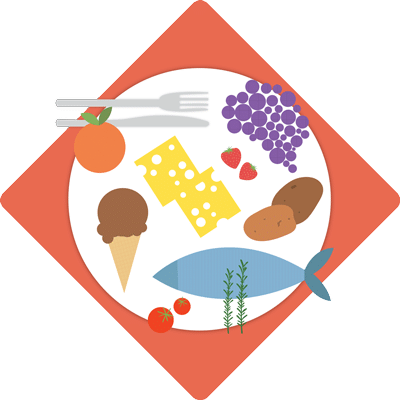
HOW TO TRACK
YOUR MEALS?
This is very simple…
You can do it daily if you plan your meals in advance or meal by meal.
Let’s say you already know what you’re going to eat for breakfast.
So, all you have to do is to open your application and click on the “add food” option or look for the item you want to add.
Once you find the item you were looking for, you need to adjust the serving size or weight.
If the item you’re manually adding has a nutrition label, remember to adjust the serving size when you’re adding it to your meal.

If you want to add more than one item, you only have to search for them the same way you did it with the previous one until you complete all the items.
That said, here comes one of the most frequently asked questions…
WHAT TO DO WHEN YOU DON’T KNOW THE NUTRITIONAL INFO OF A SPECIFIC FOOD?
Believe it or not, the answer is very simple… you can look for the nutritional information online.
For produce, I always add my own information and adjust the serving size to 100 grams when logging my items to the database.
Once it’s time to log the specific item to my meal, I adjust the serving size.
You can do the same for almost every item.

HOW TO MEASUREYOUR FOOD?
If you do some research online, you will find many ways to do it.
However, it’s best to keep this as simple as possible so you can easily follow the steps without feeling overwhelmed.
Ready? Here we go…
When using a scale, I recommend using a bowl or bowls to measure the ingredients.

HOW TO TRACK
A RECIPE?
Now let’s cover how to track a recipe… A very “hot topic.”
Tracking a recipe is actually very simple and here’s a step-by-step guide that will show you how to do it properly:
Because our body needs them in large amounts.
Also, I’m sure you must have heard about micronutrients.
In few words, we are talking about “the small stuff” like vitamins and minerals, and they’re needed in relatively small amounts in your diet.
Now it’s time to dive into the details about each macronutrient so that you can understand why they’re so important for your body.
PROTEIN:
MEET YOUR BEST FRIEND!
We have been taught that protein is very important for our body because it helps us grow strong.
But do you really know what protein does?
The human body has thousands of different proteins and each one of them has a specific function…
Protein and amino acids are the building blocks of your body which means they’re very important for the recovery and muscular growth processes.
So… What does all this mean to you?
It means that you need to consume enough protein to provide your body with what it needs for those processes to take place.
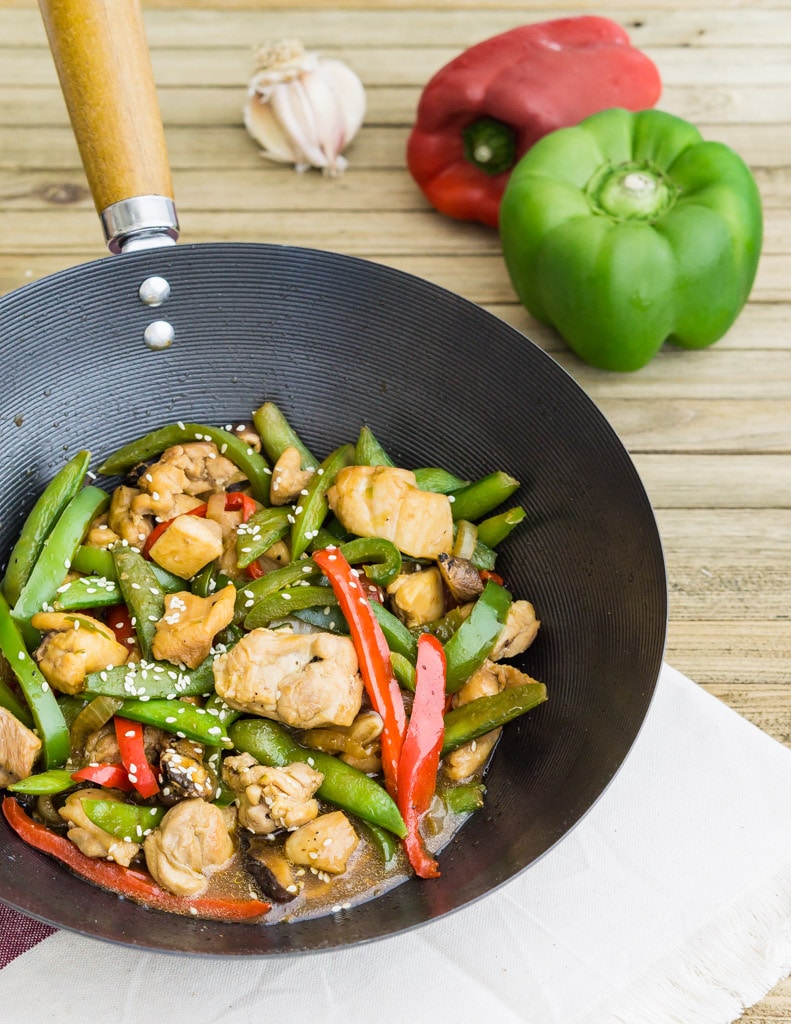
Oh yes! Your body will take that protein from tissues, muscles, and enzymes which means muscle loss for you, especially if you’re eating at a deficit. Not good, right?
On the other hand, if you’re eating more protein than what your body needs, this excess is converted into glucose or stored as fat. That’s why you need to have an accurate set of macros to make sure you’re giving your body the right set of nutrients.
Also, don’t forget that protein is an energy source, it yields four (4) calories per gram and it can be found in meats, dairy, legumes, grains and vegetables.
CARBOHYDRATES:
YOUR BRAIN’S MAIN FUEL
First thing first… carbs are not your enemy!
They’re a major source of energy and they can be found as starches and sugars in grains, legumes, vegetables and fruits.
There are two main types of carbs: simple carbohydrates (sugars) and complex carbohydrates (starches and fibers).
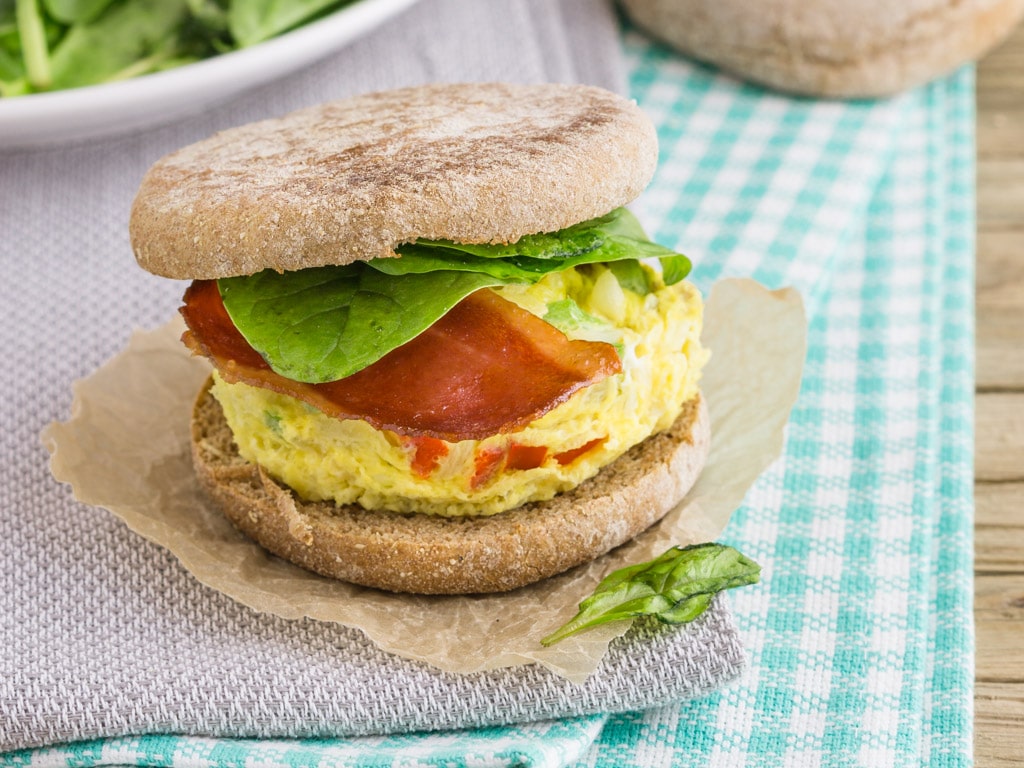
Carbohydrates are the most readily available energy source used by your body. They provide immediate energy to cells, so it’s crucial to have an adequate carbs intake to prevent the breakdown of body proteins to fulfill glucose or energy needs.
But the most important thing about carbs is that they’re your brain’s main fuel.
In fact, researches have shown that low-carbs diets affect cognitive function.
That said, even though it’s up to you to choose the carbohydrates that better suit your needs, I strongly recommend increasing vegetables, fruits and whole grains consumption to ensure a proper fiber intake.
But that doesn’t mean you’re going to base your carbs consumption on fiber-rich foods (aka greens).
Why?
Because they’re very difficult to break down for your body, which may lead you to feel bloated.
FAT:
THAT WON’T MAKE YOU FAT!
Let’s make something clear right away… fat won’t make you fat!
There is a big misconception out there about this macronutrient even though it plays a key role in several body functions such as:
And listen up ladies… fat is also necessary for hormonal balance!
So, next time you’re planning on cutting out this macronutrient from your diet, think twice!
Overall, there are three main classes of lipids or fats: triglycerides, sterols and phospholipids.
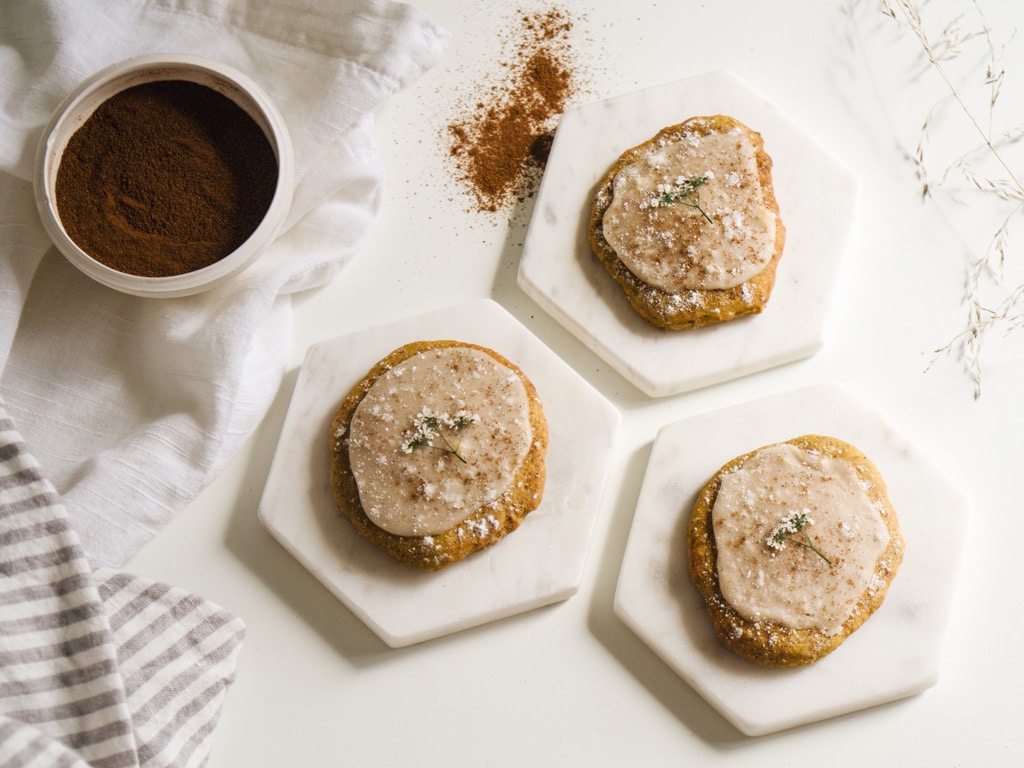
So, are all the fats good?
No… it’s not that easy!!!
As you should know, there are two groups of fats: unsaturated fats and saturated fats.
Unsaturated fats are associated with increases in good cholesterol (HDL) and decreased risk of heart disease when eaten in moderation.
It’s in this group where you’re going to find the famous omega-3 and omega-6 which are polyunsaturated fats.
This kind of fats–also called “good fats”–can be found in mackerel, tuna, salmon, trout, nuts (peanuts, walnuts, pistachios, almonds, pecans), green and leafy vegetables, avocado, and olive oil.
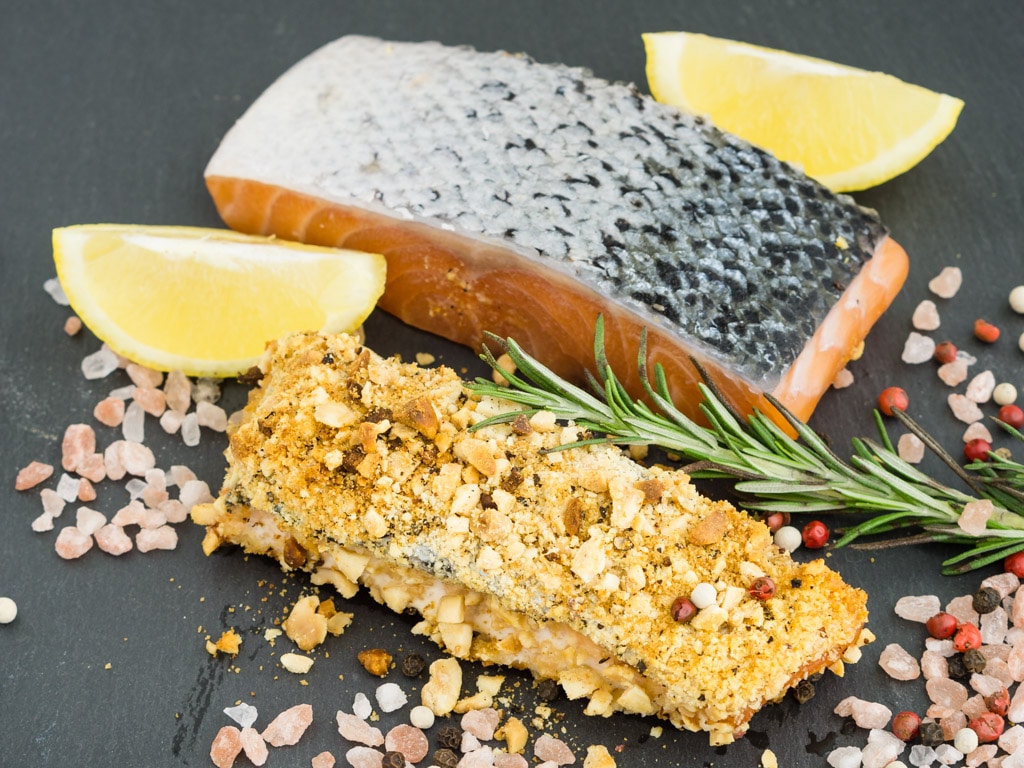
On the opposite side, we have the saturated and trans fatty acids. Those are known for increasing the risk of heart disease, clogging arteries and raising cholesterol levels.
You will find those bad guys in meat, fried food, poultry, partially hydrogenated oils, etc.
But…
Let me tell you something… those “bad guys” are not the problem!
The problem is our diet and how much of those fats we consume every day.
I can’t emphasize enough how important it is to be very conscious of what we eat, but restricting certain food from your diet is not the solution to your problems, striving for balance is!
THE
TAKEAWAY
OK, this was supposed to be a casual Q&A on counting macros and flexible dieting but this took me more time than intended. I mean, it’s macros! I can talk about this all day, every day.
So, to wrap things up, when it comes to flexible dieting or any kind of diet, moderation and balance are the keys to succeed.
When you know what to eat based on your statistics, body type, goals and lifestyle, everything gets easier and you start to understand how your body works and what food suits you better. This whole macro counting experience can be very eye-opening!
NOW IT'S YOUR TURN...
You’ve read about flexible dieting and its benefits, so now it’s time to take action.
The first step?
Leave a comment to let me know if you’re counting macros or if you’re planning to do it in the upcoming months.
Not ready yet? Let me know and I’ll make sure to answer all your questions below.
Love,


Download a free PDF version of this Flexible Dieting guide…
PDF version contains all of the content found in the web-based guide plus two (2) special bonuses not found in this post
